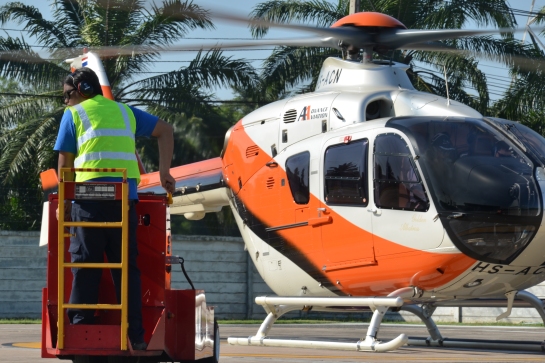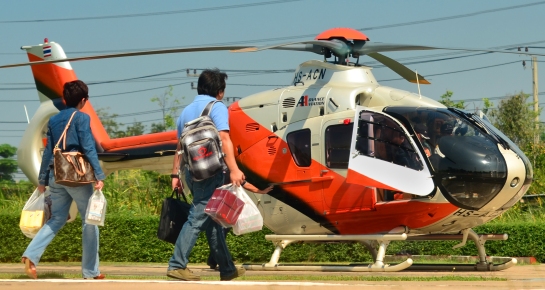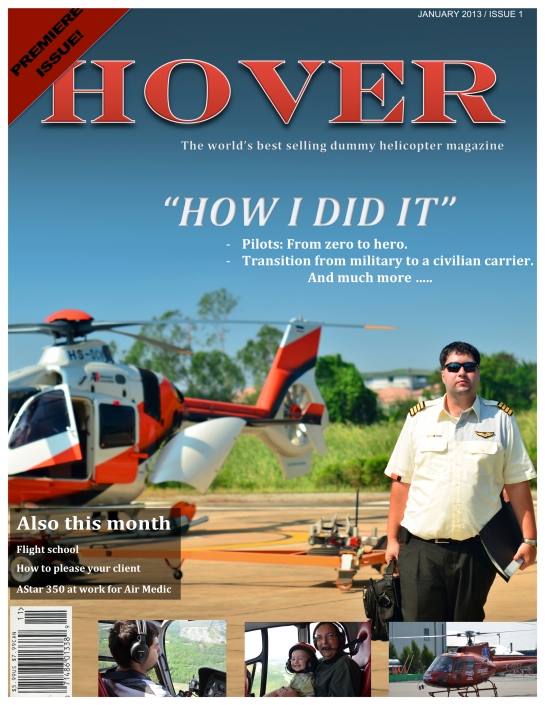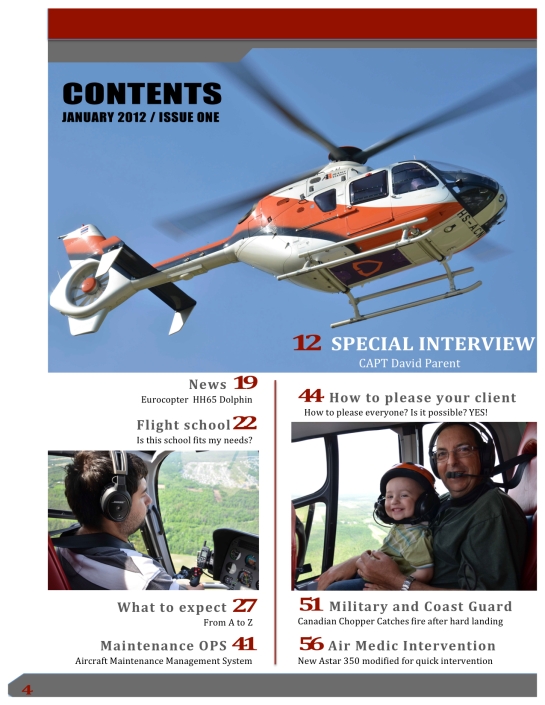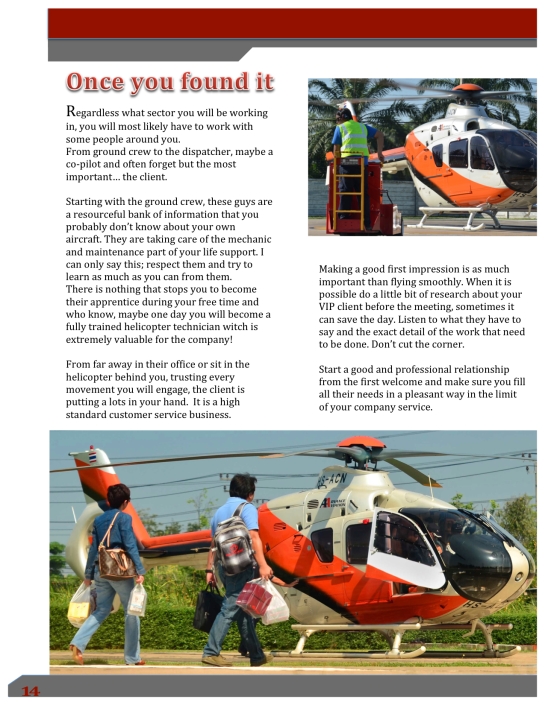Here are my self assessment and comments from this final assignment of The Art Of Photography. To start off, I want to mention that I took these shot on 5 differents days to get a maximum of different shot and there is two helicopter ACN and DCN ( immatriculation under the nose, on top of the engine compartiment and in the cockpit). The tricky part of these photoshoots was that they were actually working and that I didn’t want to be a problem or disturbe anyone so I kind of blend a part from the action.
My physical condition got worse between the 2nd and 3rd day of the shooting witch make the rest of the shooting very hard for me having to shoot from a stationary spot.
An effect that I want to mention and you may see is the heat and gaz coming from the engine (even many minutes after the engines has stopped). That heat can strangely blur the rear of the aircraft and meters around it.
1st day: ground run with ACN (no flight, engine running with rotor turning, maintenance procedure)
2nd day: two helicopters, DCN and ACN in flight from Chang Mai to Bangkok (6hrs) – VIP. So I arrived one hour early to capture the two helicopters in formation coming back. David was in DCN.
3rd day: Studio shooting
4th day: Departure with ACN from Bangkok to the roof of the Peninsula Hotel in Bangkok to Hua Hin in the south (3hrs) – VVIP. This shooting occur after that my condition got worse. I had to planned in advance as I couldn’t really move to get the shots. I place myself in a position to concentrate the shooting for the take-off and the trajectory they would go to get a max of angle comparing with the picture I had already.
5th day: At the office
Helicopter blow a lots of wind and by that it mean grass and sand. I used a 4×4 ND filter to protect my lens and I had to remove some detritus all around some of the photographs from the wind blast. Believe me, my equipments went for a good cleaning after these shot were done.
To create the cover of the magazine I choose this picture from the 2nd day that I slightly modified so it would take the whole space in a portrait frame without losing of the actual shot. I extend the sky first and create the bottom using the stamp tool. David didn’t pose for this shot, he was actually coming back from a long 6 hours flight and I was able to capture the moment.
The picture I used in the index has been taken on the 4th day. I did an other light modification for the magazine purpose; removing the electric wire in the bottom left corner. The wire in my opinion was giving too much information about the altitude of the helicopter. I wanted to keep this information unknown by the viewer.
For the introduction of David, I decided to use the lighting techniques recently learned. This is my very first portrait on a living model witch I think is a pretty good first attempt. I placed the softbox high in the front left of David and set a white reflector in the opposite site. Unfortunately I couldn’t use my 35mm or 50mm for this shot as I couldn’t move much. I was stationed sit on a table to be at the same high than my subject and used a variable focal length lens to do the shooting.
I used a close shot from the cockpit to introduce to flying portion of the instruction in day one. The hardest part here was that helicopters are made so no light can interfere with the clear view of the panel. Because I wanted to have the gauge readable I had to use a great depth of field. An other reason for me to increase the ISO instead of the shutter speed was because I was shooting without tripod. The reason why I took the picture from this angle is because this aircraft is completely close between the client and the pilot, leaving no space unless using a very wide angle lens.
This picture was took the last day when I reworked my assignment. This picture illustrate the complex work that need to be done in the theory of flight. With the help of David, we set a table full of accessories to recreate the first course and the learning pressure before the exam. We tried a lots of view points but the composition of this one was much better than all the other one shoot from the front, side and back. I also felt it was important to blur the document to keep the main subject in first plan.
I took this picture on the second day. For the purpose of the magazine I extend the bottom of the frame so it take the whole page and I can write on it. I love this shot because David is very apparent in the cockpit. They were about to landed so the wind blast was very very bad !!! I passed a good hour only on this shot to remove all the grass and dirt from the picture. The text surrounding this image is about how to find work and I concluded the page with a direct link to this photographs.
This is a shot that I reconsidered using after the comment of one of my blog follower 🙂 It’s been shot during the 4th session so I was stuck on my chair for the whole shooting. I had to crop the image because I was already using the maximum of my focal length and couldn’t get closer. Although I was not expecting a shot like this, I think I captured a good moment when both pilot were discussing about the next flight. I just wish I could have increase the shutter speed a little bit to have a sharper image.
From the same shooting (4th) I captured the ground crew in middle of their work while the helicopter is running very close of where they were. Because I was sitted durring the whole shooting it give a nice view of the worker and the helicopter.
This picture has been taken during the second day, when the client (in this case the flight manager an his wife) were coming back from flying with DCN. It was a two helicopters flight witch allow me more shot like this one where the “client” are walking thru the helicopter, when in fact they are walking thru the building (can be seen in the next picture).
This is the picture of both helicopter still running after the two helicopters flight during day 2. They open the door as soon they touch the ground to aerated the aircraft. I like the composition, the two helicopters (rare to see them both outside the hangar even rarer to see them flying together), the wind indicator and logo of Eurocopter well in sight. Especially for this shot I had my 50mm ready. I knew when I planned for this shot that 70mm would be too tight so I had my 50mm in my belt.
This shot has also been taken at their arrival from Chang Mai in the shooting day two. I think that this symmetry shot goes well with the conclusion of the interview talking about keeping the door open for new training 🙂
I wanted to add an other shot of my husband with the helicopter to support the last words of “What I did”. I took this one on the fourth day just before they leave in the sky.








